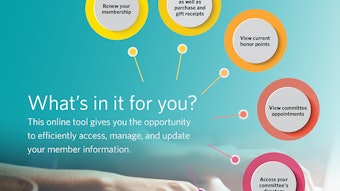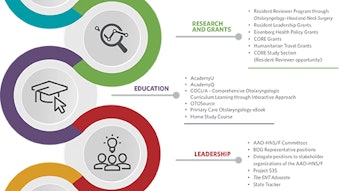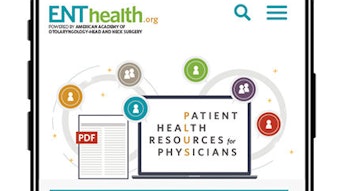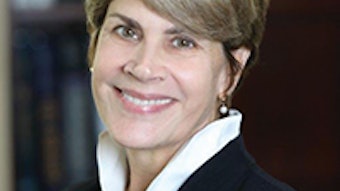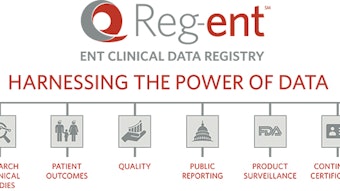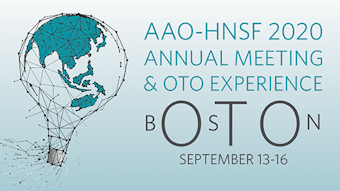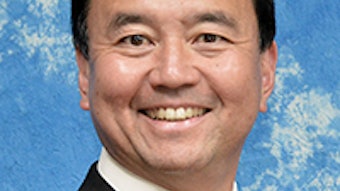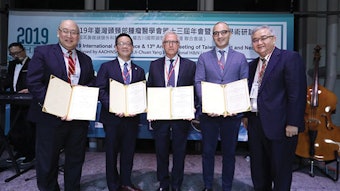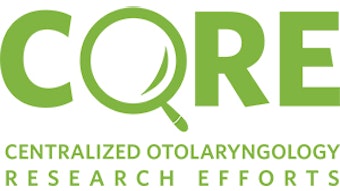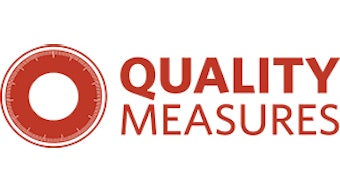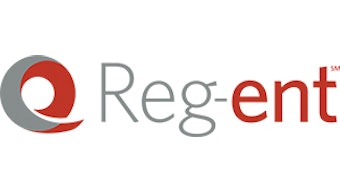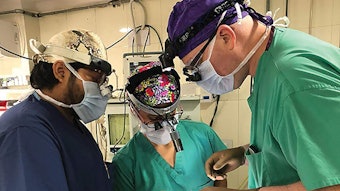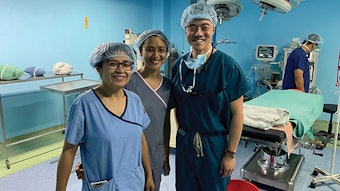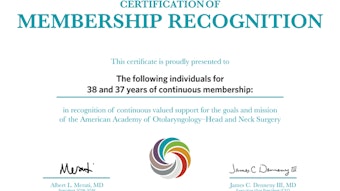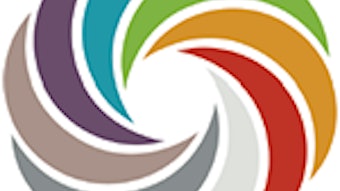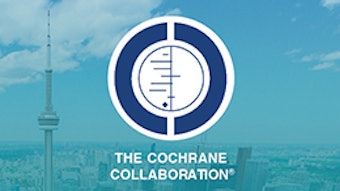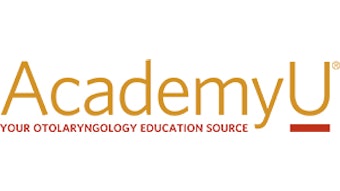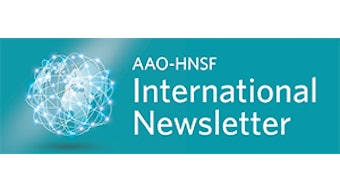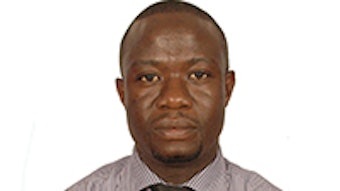The technology paradigm
The technology revolution in medicine is rolling downhill at a rapid pace. We are witnessing the “double-edged sword” effects of this transition. The costs have been high and results great in some areas, but marginal at best in others. The practice overhead costs have skyrocketed for otolaryngologists over the last decade and, for the most part, have been born by the physicians themselves.
The technology revolution in medicine is rolling downhill at a rapid pace. We are witnessing the “double-edged sword” effects of this transition. The costs have been high and results great in some areas, but marginal at best in others. The practice overhead costs have skyrocketed for otolaryngologists over the last decade and, for the most part, have been born by the physicians themselves.
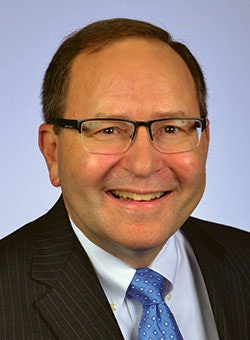 James C. Denneny III, MD, AAO-HNS/F EVP/CEO
James C. Denneny III, MD, AAO-HNS/F EVP/CEOThe Academy does not have the resources or bandwidth to be deeply involved in all aspects of the technology in the world of medicine. Our guiding mission remains to provide our members the tools they need to deliver the best patient care now and in the future. This has led us to focus in several areas, many of which are intimately interrelated. We are particularly involved in areas related to administration, care delivery, quality and research, and reimbursement. We also are embracing technology’s role in physician and patient education.
The Electronic Health Record (EHR) and Big Data are at the center of the technology conundrum. The potential of this technology has yet to be reached due to interoperability issues that are just beginning to be addressed. The proprietary nature of these products, their poor design, and the hundreds of billions of dollars of cost added to the healthcare system place them in the center of the “physician wellness” discussion.
The Academy, along with the house of medicine, has aggressively pursued changes in documentation requirements and improvements in information sharing, both of which recently gained traction. Reducing EHR’s administrative burden will be critical as access to care becomes a greater issue.
There is general recognition and agreement that we cannot continue to spend 15 to 20 percent of the U.S. GDP on healthcare. A premium will be placed on cost-effective positive treatment outcomes in the future. The medical and information technology spaces have attracted an incredible amount of capital in the medical device, pharmaceutical, and data areas.
Otolaryngology is experiencing a transition to more office-based procedural care. Advances in technology have allowed procedures previously done in hospitals or outpatient surgery settings to be done in the office. This potentially could save the healthcare system a significant amount of money. As telehealth/telemedicine continue to advance into mainstream medicine, the Academy has successfully advocated for classification and fair reimbursement for these services.
Mobile healthcare apps is another rapidly evolving area. The potential ability to add important everyday continuous real-time data to our current snapshot of a patient has tremendous promise in areas such as sleep medicine and hearing healthcare. We are working with the medical community and the FDA to establish common platform standards to ensure the usability and accuracy of this data.
As these new devices, pharmaceutical products, and data sources come online, it is incumbent on us to demonstrate value and efficacy accurately. We need to compare the safety and outcomes of procedures done in the office to those done in the hospital or outpatient surgical center.
AAO-HNS established Reg-entSM in 2016. Through the de-identified data accumulated through the records of thousands of providers, both in academic and private practice, we are in a position to develop “real-world evidence,” allowing us to assess comparative outcomes retrospectively and prospectively, define “best care paradigms” for the diseases otolaryngologists care for (including less common problems); integrate patient reported outcomes, hospital, ASC, and payer data; carry out clinical trials; identify gaps in care; and design performance improvement activities through the platform’s advanced analytic capabilities.
Plus, the information derived from this data aggregation will allow a customizable care plan specific to individual patients and their needs that also predicts treatment progress and facilitates early alteration of treatment plans experiencing suboptimal results.
Many predict that future payment models will be based on demonstrable value. Whether through a variation of a fee-for-service model or population health payment system or possibly a combination of both, the quality of care information when paired with cost data will be used to value services for reimbursement. Participation in a clinical data registry, such as Reg-ent, will make that possible for our members.
Technology is altering the way education is developed and delivered to healthcare providers and their patients. We are able to more accurately determine education needs and gaps both individually and as a group. Our goal is to deliver content our members want in the format they choose, through the device they prefer, when and where they want it. Streamlining their education and research needs will improve their practice logistics. This will lead to more customized, collaborative content that will satisfy multiple needs, including CME, continuing certification, licensure, and privileging requirements with a single product.
Simulation technology is rapidly advancing and will be used for both training and assessment in the future. Our Task Force on the Future of Education has recommended a course that will take us in that direction over the next five years.
All aspects of care will improve if we can harness the virtually unlimited power of technology.
